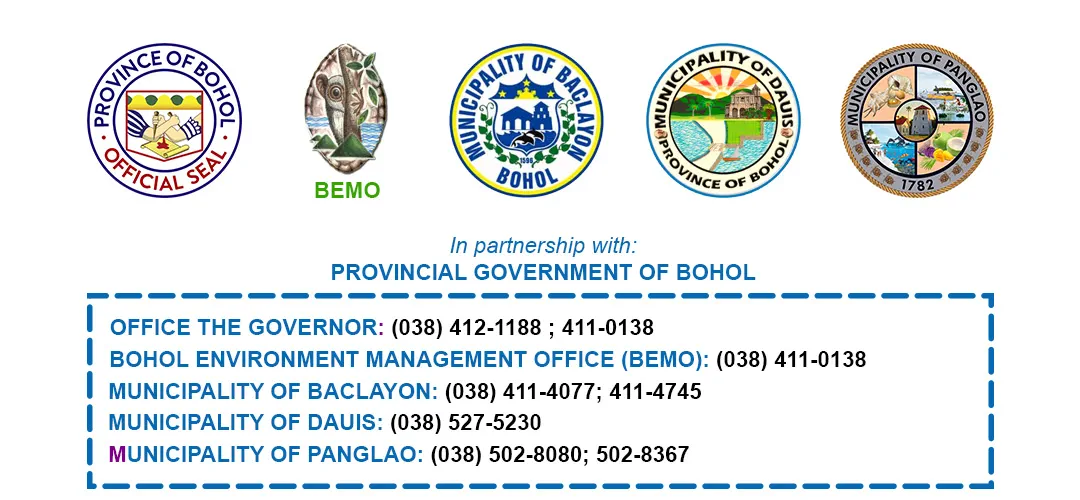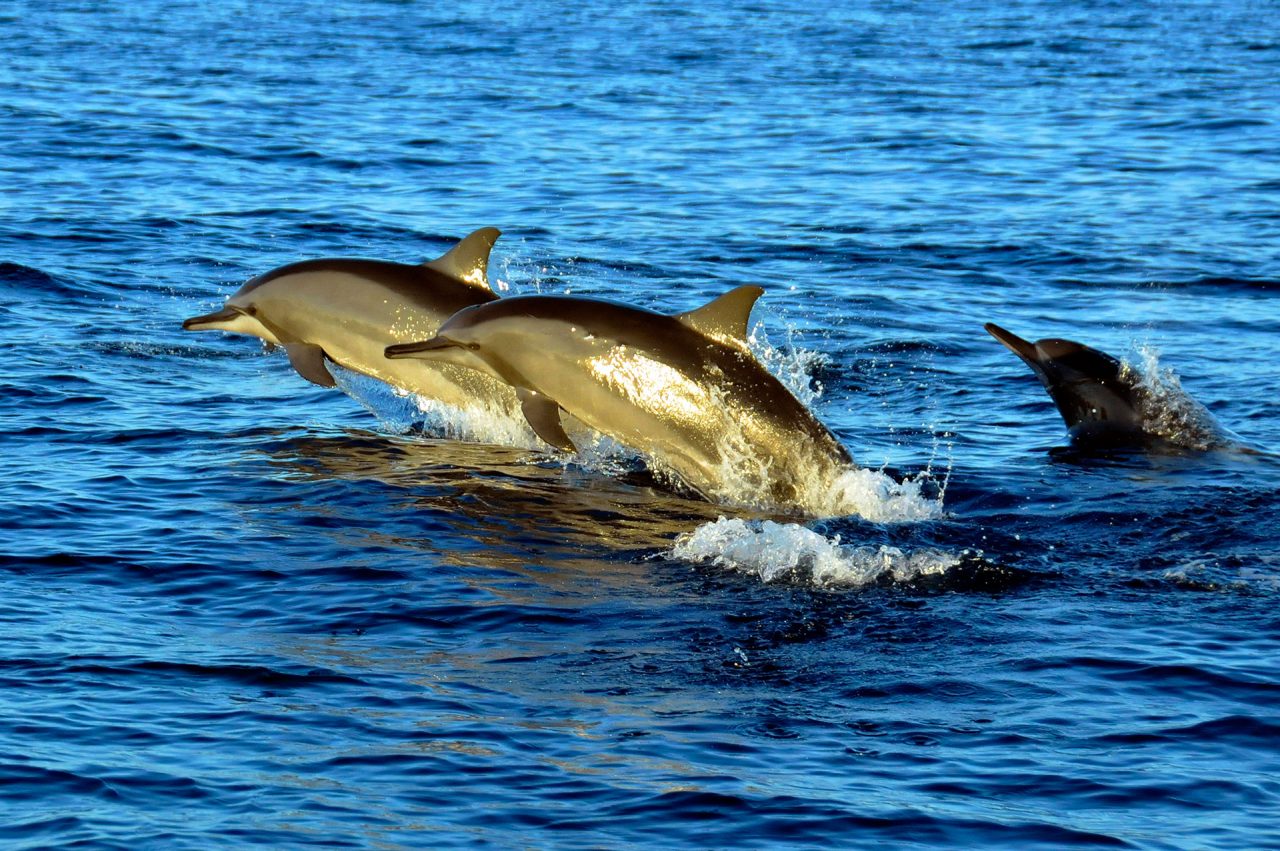Dolphin and Whale Watching Guidelines
“Viewing whales and dolphins in their natural habitat can be an educational and enriching experience if conducted safely and responsibly.”
Why guidelines are needed
Whale and dolphin watchers, eco-tourism entrepreneurs and environmentalist alike are concerned to ensure that tourism activities focusing on cetaceans (whales and dolphins) do not harm the animals involved. Clearly defined standards for all human activity around cetaceans are needed to ensure that people are aware that their actions may disturb the animals, and that they know how to minimize any effect they may have. Guidelines that minimize disturbance to cetaceans serve to protect the animals, and ensure that people can enjoy high quality whale and dolphin watching experiences.
Aims of the guidelines
To provide basic information to the tourists and boat operators regarding the correct procedure in dolphin and whale watching;
To minimize harmful impacts on cetacean populations by ensuring that the normal patterns of daily and seasonal activity of whales and dolphins are maintained in the short and long-term; and
To ensure people have the best opportunity to enjoy and learn about the animals through observation that is successful for people and cetaceans alike.
GUIDELINES:
The information in these guidelines directs people’s behavior around cetaceans.
BE CAUTIOUS and COURTEOUS: approach areas of known or suspected marine wildlife activity with extreme caution. Look in all directions before planning your approach or departure.
SLOW DOWN: reduce speed to less than 7 knots (or 13 km/hr) when within 400 meters/yards of the nearest whale. Avoid abrupt course changes.
KEEP CLEAR of the whale’s path. If whales are approaching you, cautiously move out of the way.
DO NOT APPROACH whales from the front or from behind. Always approach and depart whales from the side, moving in a direction parallel to the direction of the whales.
DO NOT APPROACH or position your vessel closer than 100 meters (330 feet) to any whole.
If your vessel is not in compliance with the 100 meters approach guideline, place engine in neutral and allow whales to pass.
No other vessel shall approach within 300 meters (1000 feet) of any cetaceans if two (2) or more other vessels are already positioned to watch the cetaceans.
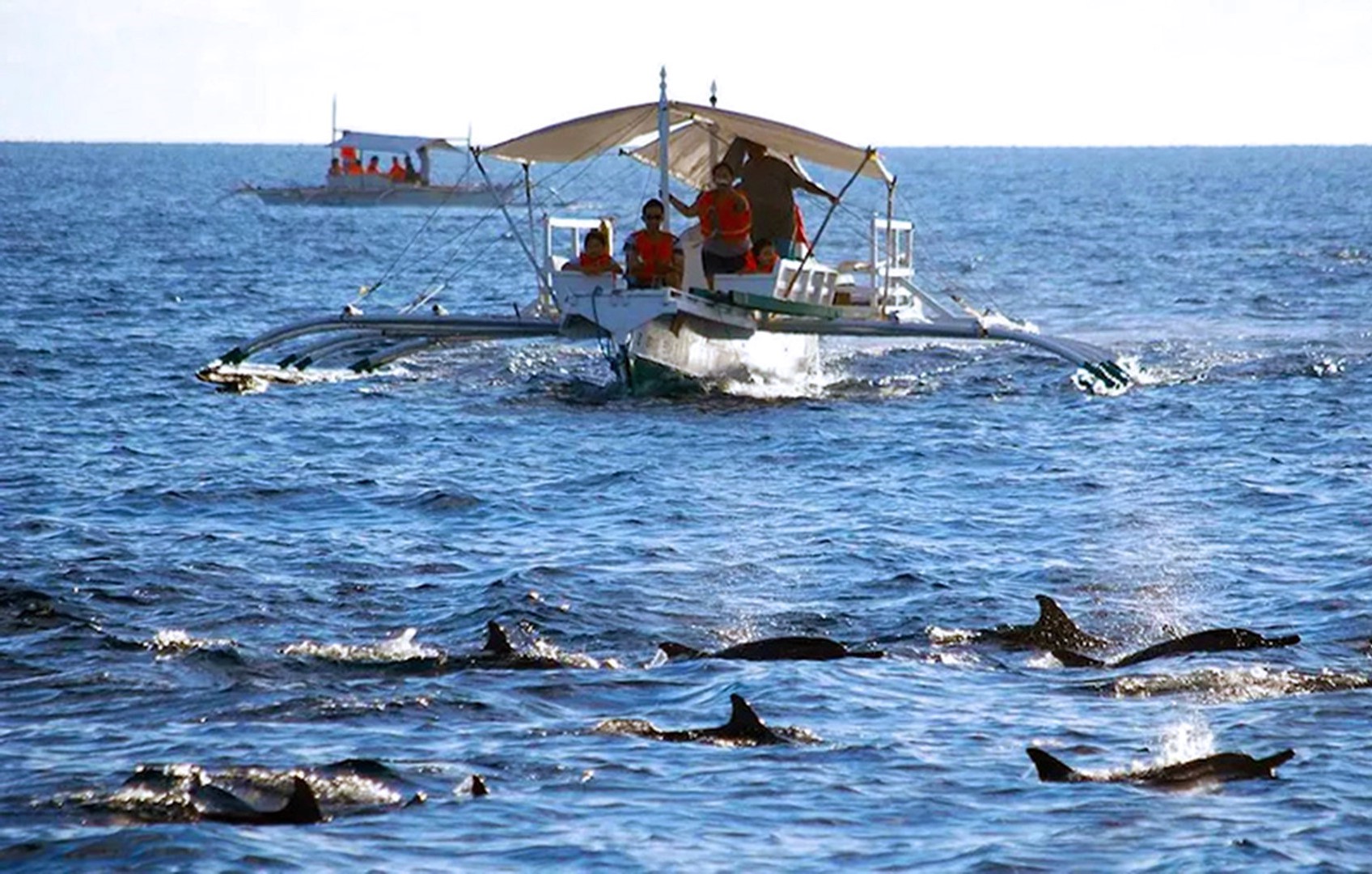
STAY on the OFFSHORE side of the whales when they are travelling close to shore.
DO NOT DROP or lower overboard an anchor from your vessel within 300 meters of a cetacean.
LIMIT your viewing time to a recommended maximum of 20 minutes. This will minimize the cumuculative impact of many vessels and give consideration to other viewers.
DO NOT SWIM with, touch or feed whales and dolphins.
DO NOT PLAY BACK any sound or recording of any kind underwater.
DO NOT DRIVE THROUGH groups of dolphins to encourage bow or stern-riding.
Should dolphins choose to ride the bow wave of your vessel, avoid suddent course changes. Hold course and speed or reduce speed gradually.
DO NOT PURSUE mother and calf groups of any species of dolphins and whales.
DO NOT APPROACH within 200 meters of any whale that is accompanied by a calf or calves.
If a mother and calf group approaches a vessel that is stopped or proceeding at minimal speed, the vessel SHOULD NOT make any sudden or repeated changes in speed or direction while near or among the mother and calf group, except in an emergency.
OTHERS
If a cetacean surfaces in the vicinity of your vessel when you are in transit for a purpose other than watching cetaceans, take all care necessary to avoid collisions. This may include stopping, slowing down, and/or steering away from the animal.
Obey any additional restrictions on approach distances or other requirements for particular species or areas.
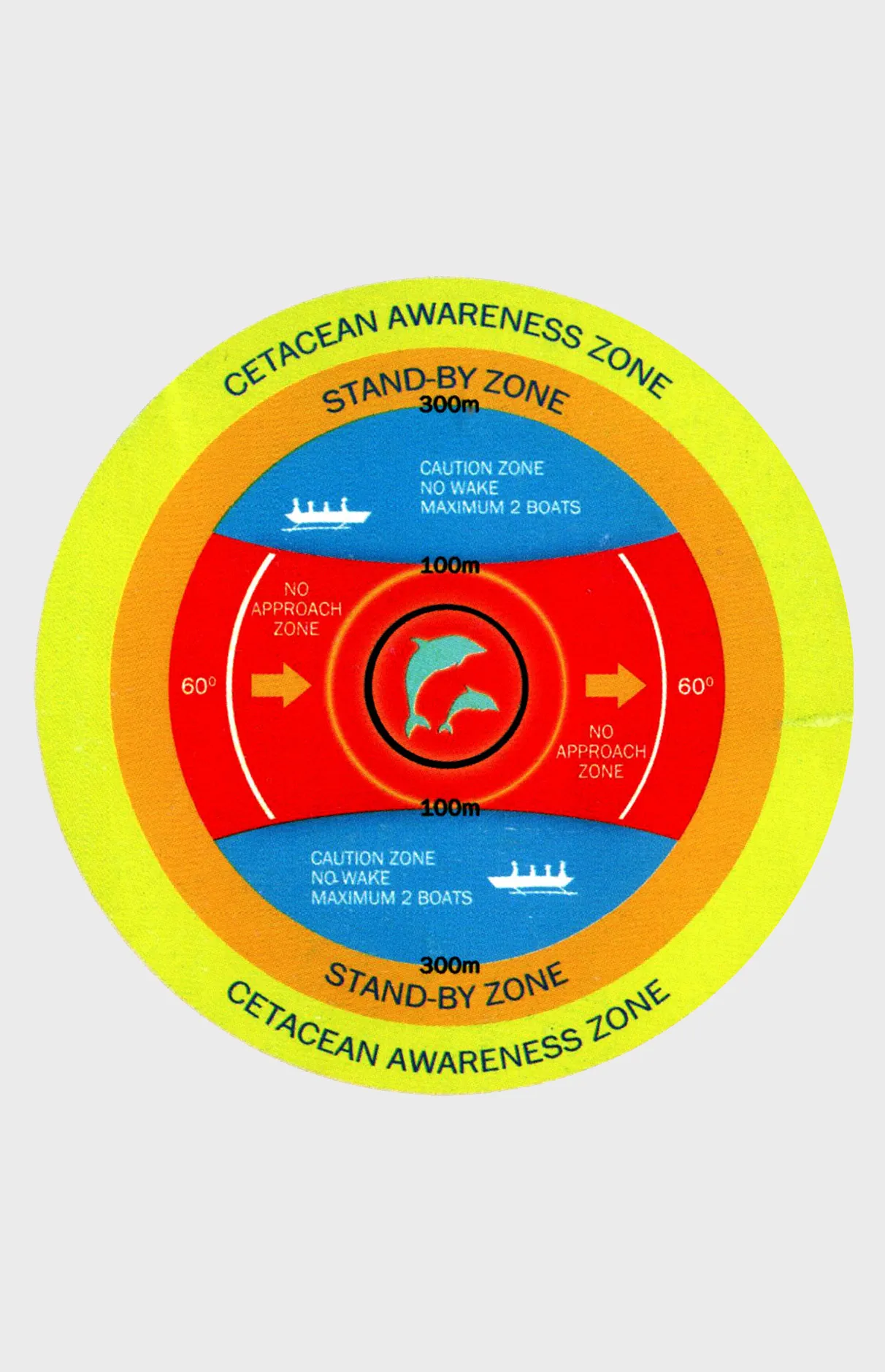
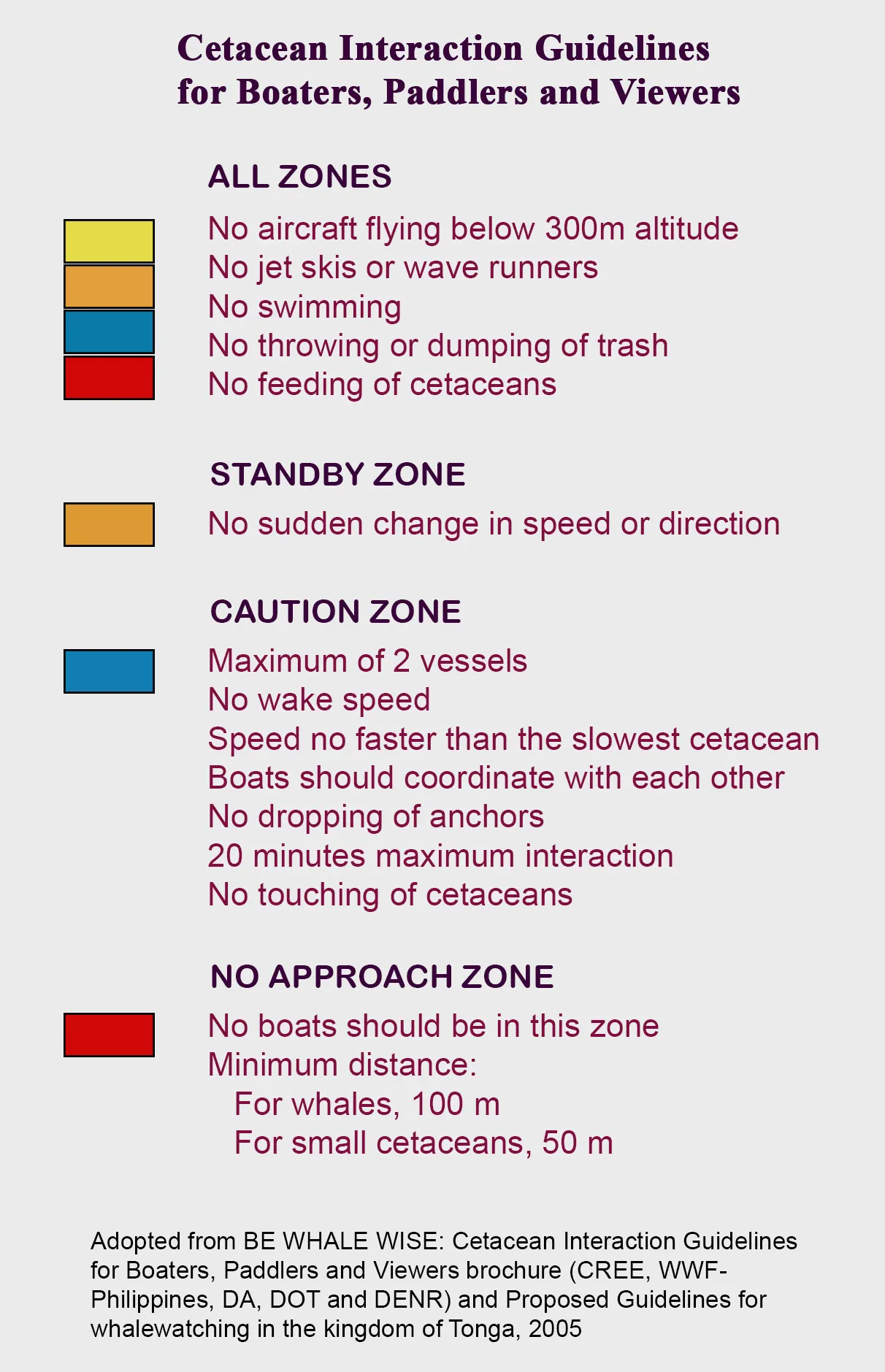
Design and maintenance of boats/vessels
a. Maintain the vessel in good condition. Noise generally increases as moving parts wear. Ensure engine mounts are in good condition to minimize transfer of noise through the hull into the water. Ensure propellers are in good condition to minimize cavitation. Keep engines in a good state of repair and tune to avoid oil and fuel leakages and to avoid producing excessive engine fumes. Cetaceans may have to breathe your fumes.
b. Use soundproofing and vibration isolation around the engine where possible. For heavily used cetacean watching vessels, main engines should be fitted or designed so that they can be readily shut down or idled for long periods. During long bouts of cetacean watching, some idled engines will foul and produce excessive exhaust smoke.
The Laws:
Fisheries Administrative Order (FAO) no. 185-1:
Ban on the taking or catching, selling, purchasing, possessing, transporting and exporting of Dolphins, Whales and Porpoises.
Republic Act No. 9147: Wildlife Resources Conservation and Protection Act
DOT and DA Joint Administrative Order No. 1:
Guidelines to Govern the Conduct of People Interaction with Cetaceans
